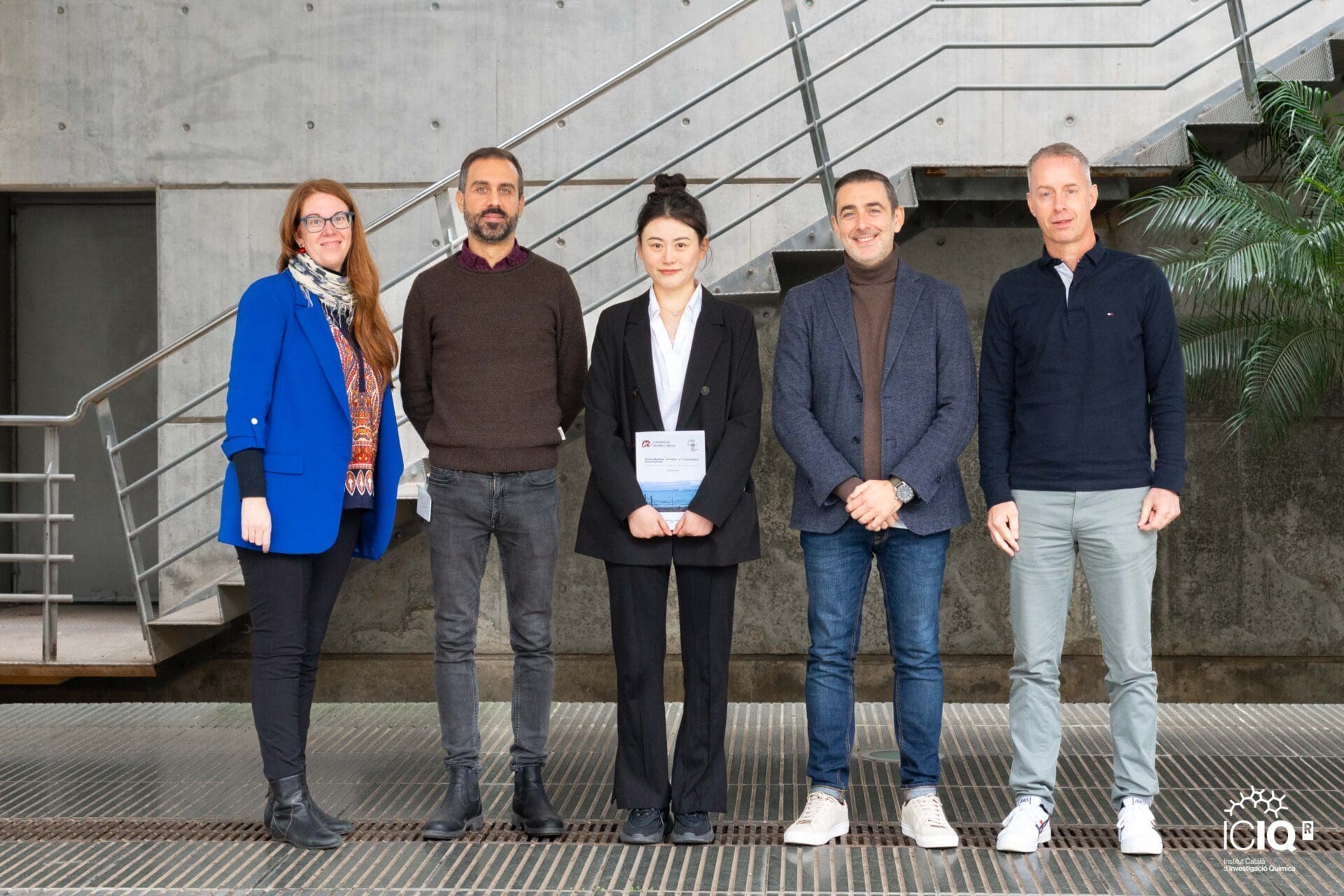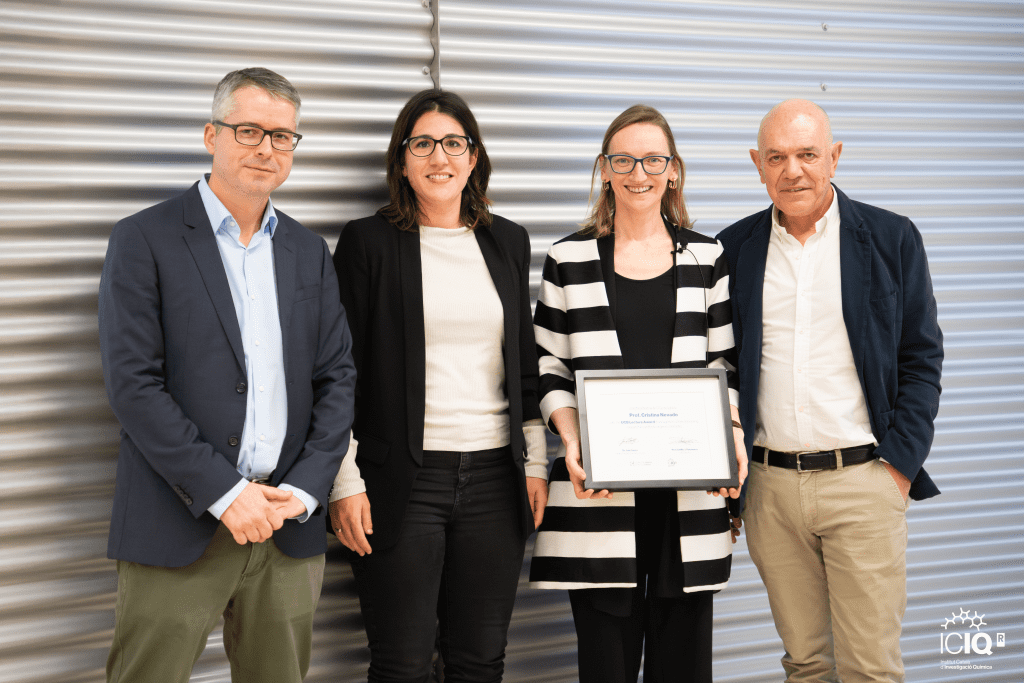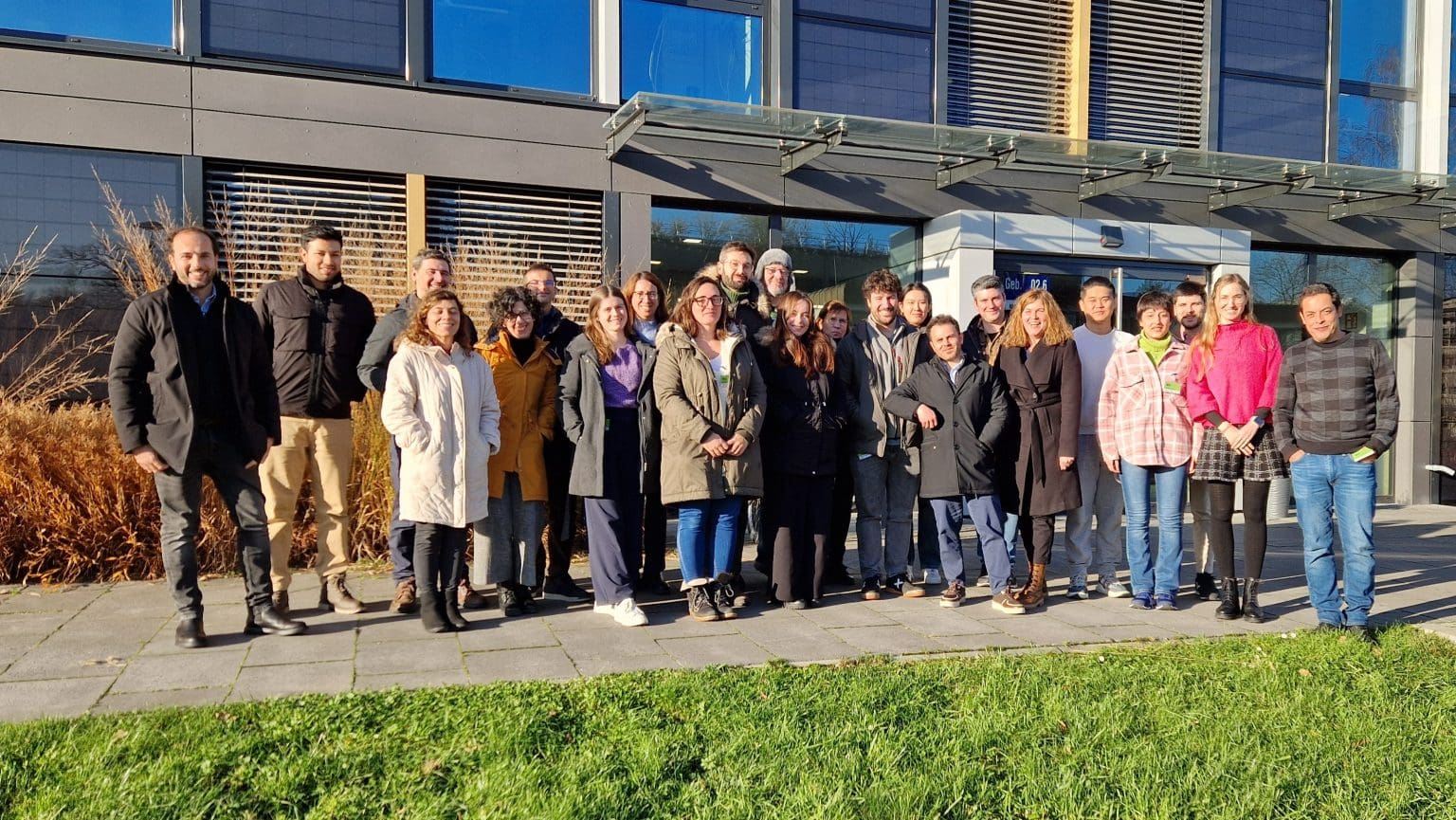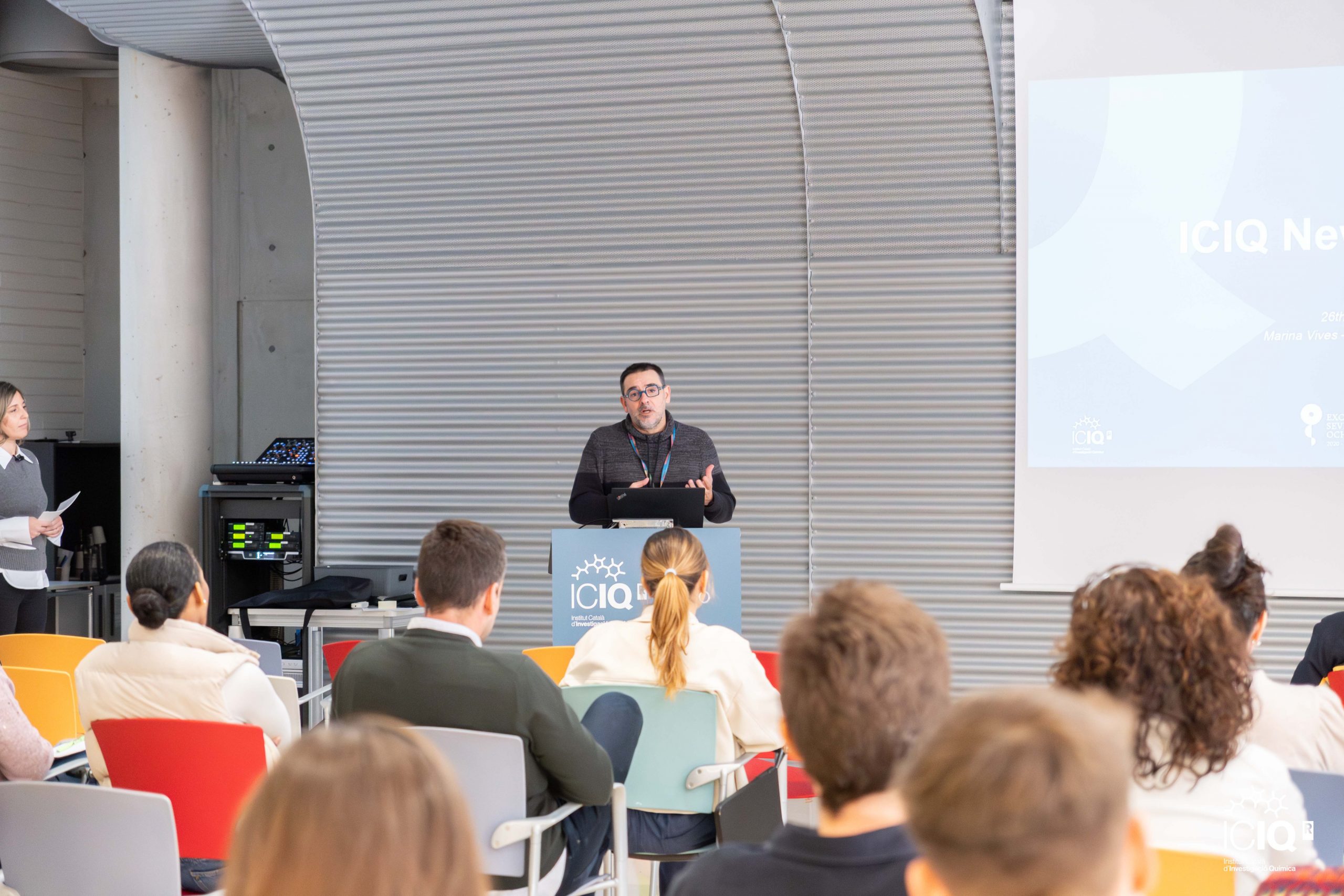BIST presents its first lines of research
Barcelona July 15th, Palau Macaya- Jaume Giró, CEO of “la Caixa” Banking Foundation and Vice-President of the Barcelona Institute of Science and Technology (BIST), Andreu Mas-Colell, President of BIST, and Montserrat Vendrell, CEO of BIST, presented some of the areas of research that BIST aims to promote over the next few years.

Jaume Giró, “la Caixa” banking foundation, Andreu Mas-Colell, BIST president and Montserrat Vendrell, BIST director.
The Barcelona Institute of Science and Technology is a scientific initiative of six of Catalonia’s research centers of excellence whose objective is to increase their levels of collaboration in order to put together a joint scientific project. Its strength is based on the potential research capacities of the six centers and is supported by, among others, “la Caixa” Banking Foundation, to promote multidisciplinary, cutting-edge projects.
Jaume Giró, CEO of “la Caixa” Banking Foundation and Vice-President of BIST, stated: ‘The promotion of research projects that herald the science of the future is one of the priorities of Obra Social La Caixa. We have been supporting these kinds of initiatives for more than twenty years, because we are convinced that they are the engine for society’s social and economic progress. The collaboration between the six centers of excellence that make up BIST is the key to their becoming international benchmark organisations for the science of the future’.
Andreu Mas-Colell, President of the Barcelona Institute of Science and Technology, said: ‘BIST brings together top international scientists in their fields. We aim to use this as a base to build a joint multidisciplinary project that will, within about ten years, enable BIST to position itself among international benchmark institutions, whilst still retaining the individual character of each center.
The multidisciplinary approach in science is key
The challenges we face as a society today are complex and multifaceted. The specialisation that scientific progress requires contrasts with the need to seek cross-cutting themes, from genomics to photonics, from nanotechnology to chemical biology. The scientific project BIST is aiming to construct is based on the search for these complementary and interdisciplinary themes, not only to promote the creation of innovative projects, but also to provide the most competitive environment for the training of scientists.
Big data, chemical biology, super-resolution microscopy and graphene are just four examples of the multidisciplinary initiatives that BIST will be promoting over the next few years.
According to Montserrat Vendrell, CEO of BIST, ‘strengthening the interaction between different areas of knowledge is the keystone for any research institute and requires an environment that stimulates such collaborative work. Specialisation has to coexist with a multidisciplinary approach if innovative projects are to be promoted and the scientists that society requires from us are to be trained’.
Some of the lines of research that BIST aims to promote
An opportunity in the field of big data
A requirement that scientists in different fields have in common is the analysis of data to obtain knowledge. Using a combination of data from various sources, researchers can analyse and make predictions about the future of a system. The increasing amounts of data available to them give rise to the challenge of finding ways of using new IT tools to help them work efficiently.
Data analysis platforms and programming language codes and specialised knowledge are essential if solutions to the growing needs of scientific analysis are to be found. BIST is in an excellent position to develop IT platforms to manage big data, incorporating new technological developments quickly and effectively. In the short term, the Scientific Information Port (PIC), operated by the Institute for High Energy Physics (IFAE), is placing its experience in the management of scientific data at the disposal of the BIST centers; the strong collaboration that already exists between the BIST centers and the BSC (Barcelona Supercomputing Center) will also play a key role.
Super-resolution microscopy
Obtaining information on materials and biological entities at a nanometric and molecular level is of great importance in current cutting-edge research (on the frontiers of the knowledge that we have at our disposal).
Much of the knowledge we already have about biological, chemical and physical processes is due to our ability to visualise them at their origin, including observation at cellular, molecular, atomic or quantum level. Microscopy has enabled us to see different structures, organs, tissue, cells, molecules and even individual atoms, but conventional techniques do not provide a resolution which permits the visualisation of sub-cellular structures in vivo, or the access to electronic, optical, or chemical properties of nanometric structures in situ.
In recent years, extremely powerful optical techniques have been developed that permit observation at unprecedented levels of resolution. For example, it is now possible for the first time to visualise, in vivo, processes that are crucially important to study the origin of diseases on a sub-cellular or molecular scale and to make possible the understanding of the relationship between the structure and physical or chemical properties of molecules and materials.
The BIST institutes have at their disposal world leading technologies in these areas. However, in the case of electronic microscopy, in which technology is developing very rapidly, we need to make technological progress to be fully competitive. We have identified as strategic the promotion of a collaborative programme that includes technological development and the applications common to biology, nanomedicine and materials of super-resolution optical microscopy and electronic microscopy.
Graphene and 2D materials: enormous potential for cooperation
Graphene is one of the important focuses of attention for the research and industrial community worldwide. There is no finer or more lightweight material and its resistance, flexibility and conductive properties are second to none; we are only just beginning to see its possibilities in fields such as technology, medicine and energy.
BIST aims to approach the applications of graphene and 2D materials (materials consisting of a single layer of atoms) in an interdisciplinary manner. BIST has researchers who are international leaders in these materials and who work in fields as diverse as photonics, spintronics and biomedical devices. Barcelona could become a benchmark location in the race to bring applications based on these materials to the market.
A tool for translational research
The journal Natural Chemical Biology defines Chemical Biology as a field that combines the scientific ideas and tools of chemistry, biology and other disciplines to understand and manipulate biological systems with molecular precision. BIST aims to promote an area of work focusing on Chemical Biology (ChemBio), the objective of which is to study and understand biological problems by applying the techniques and tools of chemistry. This area of work will be open to interaction and collaboration with groups from other disciplines, such as geneticists, molecular biologists, biochemists, systems biologists and synthetic biologists, etc.
Some of the applications of this discipline are: directed mutagenesis of enzymes with catalytic applications, the study of interactions between biomolecules or total synthesis focused on a diversity of molecules similar to natural bioactive products, in order to identify new types of biological activity and new bioactive molecules, etc.
Related news

Let's create a brighter future
Join our team to work with renowned researchers, tackle groundbreaking
projects and contribute to meaningful scientific advancements






 11-12-2024
11-12-2024 


















